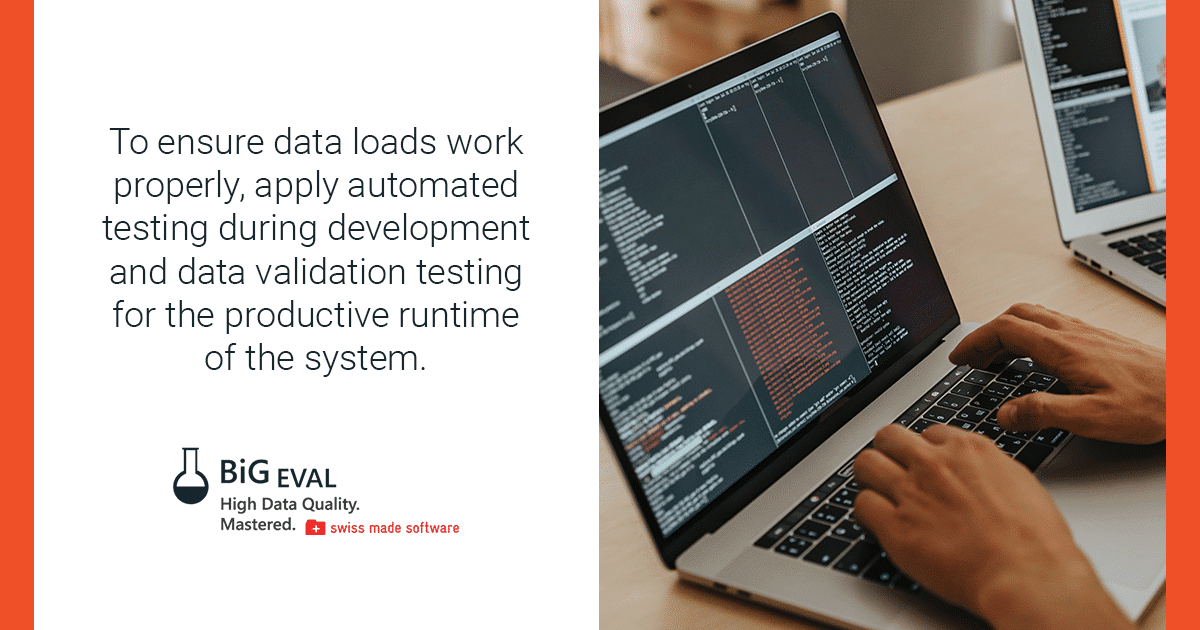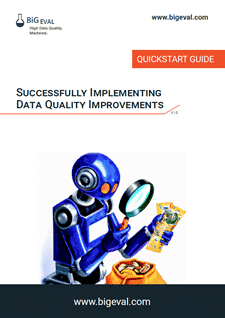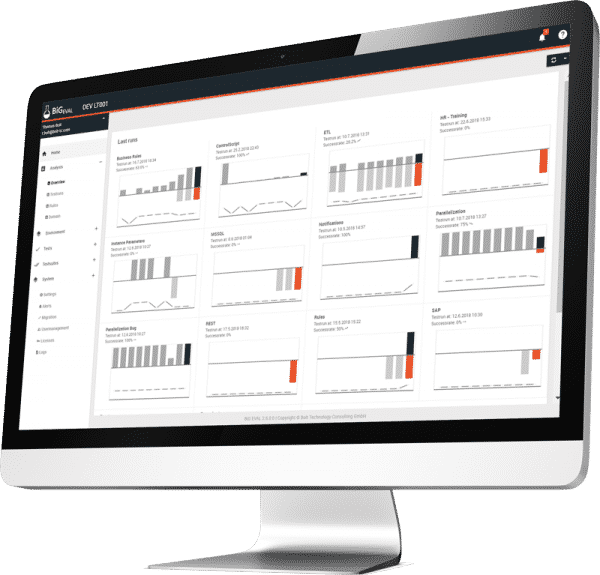Data Warehouse Test Automation 101: What Are Data Integration Loads?
Data loading is a complicated and delicate process with considerable potential for errors, inconsistencies, and anomalies. To maximize data quality, consider implementing data warehouse test automation.
What Is Data Loading?
Data loading is the process of copying and loading digital data from one or multiple sources, such as files, folders, or applications, to a target location like a data warehouse or any other kind of database. This process is usually done by copying the data from the source and pasting it to a data storage or processing utility.

What Kinds of Data Loads Are There?
1. Initial Load
Initial loads are implemented to load existing data into data warehouses for the first time.
Because initial loads are time- and memory-intensive, you need to control the amount of data being loaded to prevent out-of-memory exceptions or simply running out of time. You can do this with an adequate loading concept and by setting tool-specific properties such as filters and load intervals to improve the performance of the loading process.
2. Regular Load
Regular loads are used to extract and transfer data on a regular basis, often automatically and from multiple sources. An example would be a scenario where several sales systems take orders and load them into a separate fulfillment system or in a data warehouse for analyzing key performance indicators.
3. Rollback
A rollback reverses the database to an earlier state. Rollbacks are essential for database integrity because they can recover a clean copy after erroneous operations or server crashes. Rollbacks are usually implemented with a transaction log or through multi-version concurrency control.
4. Reload
Reloading is sometimes needed after data quality improvements or fixes have been made in a source system. It usually includes deleting specific records (e.g. all records from today or from a specific product group etc.) and reloading the corrected data from the source systems.
How Do Data Loads Affect Performance?
You typically only have a short window to complete data loads. So it's important to decide, what data needs to be loaded in this window. As data volume rises, the load does also take more time - sometimes exponentially. But the good news is that the loading time evolves over time because after a refactoring and optimization iteration, the loading time drops and is acceptable.
The Value of Data Warehouse Test Automation
Data loading comes with a number of challenges, such as:
- Monitoring: As data is extracted and transformed from multiple sources, errors and inconsistencies may arise. Reasons could be lack of data quality, communication errors, or for some other reason.
- Incompatibility: New records may render existing data invalid, such as when a date value is entered into a field that is meant to be an integer. This is particularly problematic when adding real-time data. As end-users query this data and receive incorrect or incomplete results, you risk ending up with a bottleneck that prevents the addition of new records.
- Order: Many data pipelines are distributed systems. As a result, data is often processed and updated at a different point in time across the systems. This out-of-sync scenario could lead to data inconsistencies.
- Dependencies: Understanding the dependencies between data entities is crucial to ensure proper data loads. However, dependencies grow more complex as the number of entities increases. There are also data modeling techniques like Data Vault that prevent ouf-of-sync data.
- Reconciliation: Data warehouse reconciliation helps ensure that the data is correct and consistent. It builds the foundation of data quality management. Reconciliation is a continuous process that never stops. Therefore it needs to be automated with a tool like BiG EVAL.

To ensure that all data loads work properly and errors are identified and rectified as quickly as possible, you should build performance tests and use data testing tools for the productive runtime of the system. Data warehouse testing can be based on logins and can check whether the loading time exceeds a specified value.
FREE eBook

Successfully Implementing
Data Quality Improvements
This free eBook unveils one of the most important secrets of successful data quality improvement projects.
Do the first step! Get in touch with BiG EVAL...


